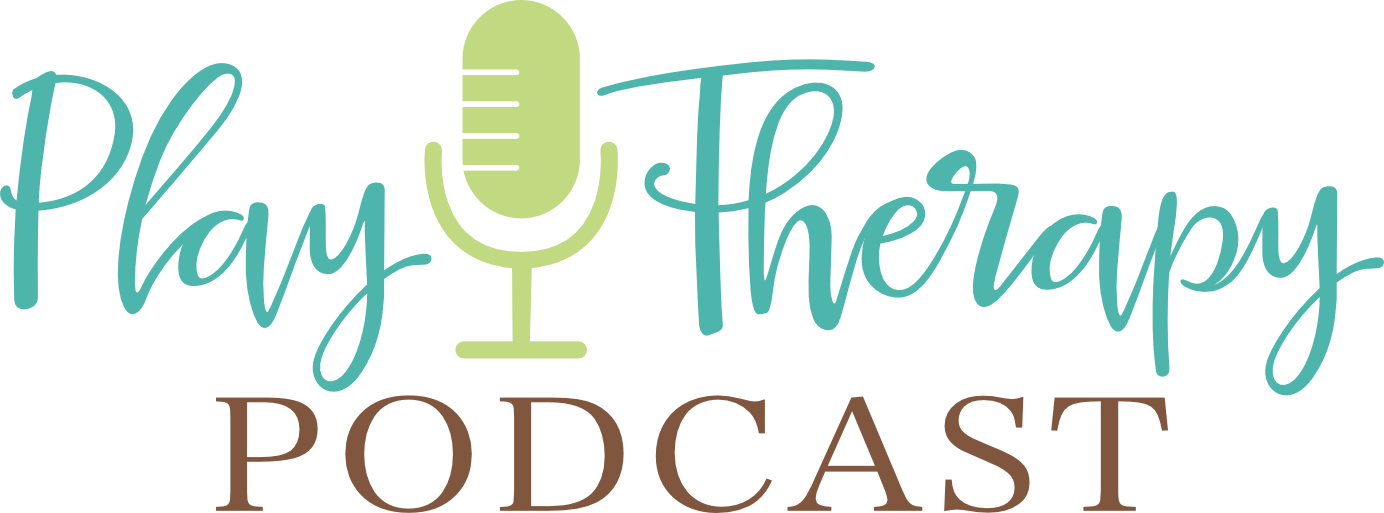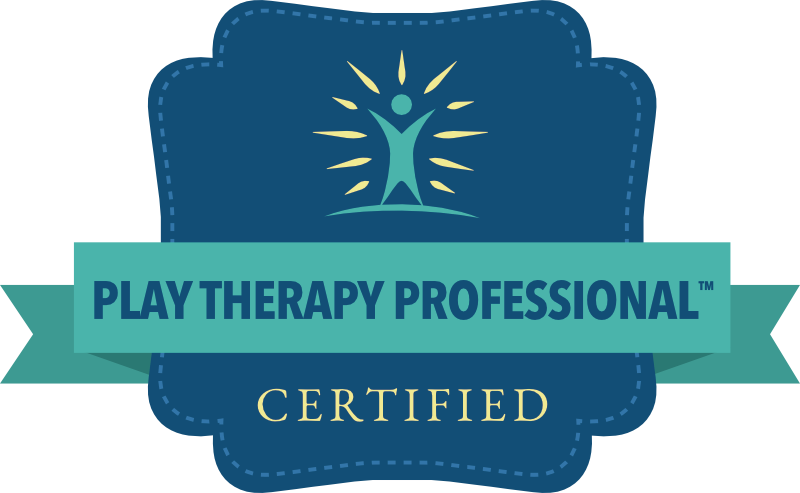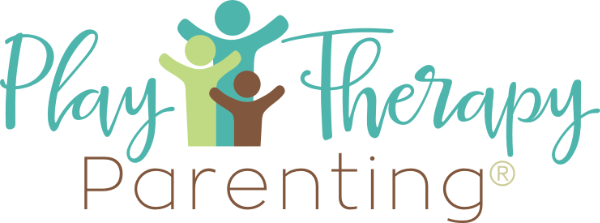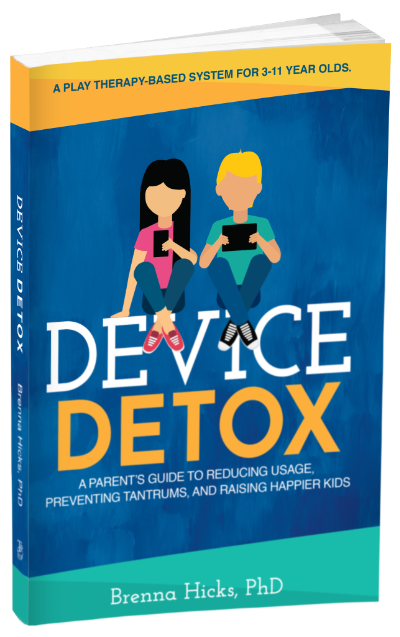Playroom Representation: Sensitivity Without Over-Complication
In this episode, I answer a question from Mia in California about how to approach dollhouse families and representation in the CCPT playroom. We don’t often talk about specific toys, so I enjoyed diving into how children use dolls and figures to create family structures—and why it’s important to provide a variety of family representations, including animal families, human figures, and different relationship configurations.
I also share my thoughts on representing a range in skin tone and physical ability, and why having a variety of options—not necessarily exhaustive—is enough for children to project their inner world. Ultimately, children will find creative ways to express what they need to, regardless of whether the figures look exactly like them. This episode reinforces that our job isn’t to have the “perfect” playroom—it’s to provide a space where self-expression and healing can happen freely.
PlayTherapyNow.com is my HUB for everything I do! playtherapynow.com. Sign up for my email newsletter, stay ahead with the latest CCPT CEU courses, personalized coaching opportunities and other opportunities you need to thrive in your CCPT practice. If you click one link in these show notes, this is the one to click!
If you would like to ask me questions directly, check out www.ccptcollective.com, where I host two weekly Zoom calls filled with advanced CCPT case studies and session reviews, as well as member Q&A. You can take advantage of the two-week free trial to see if the CCPT Collective is right for you.
Ask Me Questions: Call (813) 812-5525, or email: [email protected]
Brenna’s CCPT Hub: https://www.playtherapynow.com
CCPT Collective (online community exclusively for CCPTs): https://www.ccptcollective.com
Podcast HQ: https://www.playtherapypodcast.com
APT Approved Play Therapy CE courses: https://childcenteredtraining.com
Twitter: @thekidcounselor https://twitter.com/thekidcounselor
Facebook: https://facebook.com/playtherapypodcast








